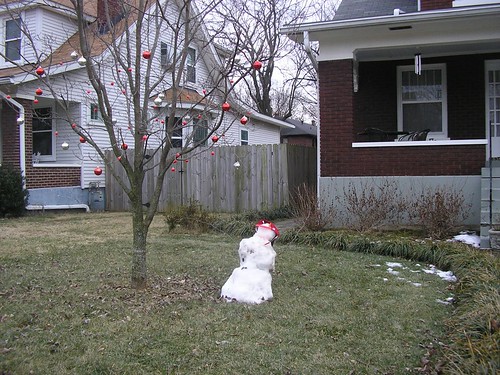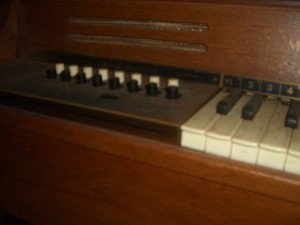Now that we’ve made it through a bit of the summer, I think we really need to focus on something important.

Winter is on the way!
If I recall correctly, my home is still not quite up to snuff in terms of how much money I’d like it to cost me to heat and energize my house. I realize my home will never be 100% efficient. I also realize I’m not going to plop down money to get to 100% because that’s silly and sort of impossible. Instead, I have to pick my battles with my own castle and decide what will produce the biggest returns.
- Insulate
- This is the number one project for the late summer/fall for me. I have very poor insulation in my upper floor. In fact, when we bought our house we could actually see the snow melting on the roof where the heat was escaping. Talk about watching your money fly out of your pocket! Check with a local contractor to see how much insulation you’ll need to really see some energy savings. Also, don’t forget the federal credit when you’re finally cutting that check…you could get up to a $1500 tax rebate.
- But wait…there’s more! Don’t think that whole house insulation is the only thing to focus on. Oftentimes, the biggest culprits of letting expensive, hot air out (or in really) are the small cracks around windows and doors. Spending 40 bucks on some expandable foam, a tube of caulk, a water heater blanket and some new winterizing doorstops can go a long way.
- Turn it off
- There’s no denying that the most effective way to cut energy consumption is by turning devices and lighting off when not using it. This idea, coupled with using energy when it is cheapest and most abundant, is the crux of the “smart grid” idea. For devices that aren’t managed by a central management unit such as the one in the article, most devices now have a “sleep” mode that has reduced processing instructions; the device periodically “wakes up” to check to see if anyone has requested its services and if not it’s back to sleep. Devices with low quiescent current (or the current while not doing much of anything) can show large energy consumption savings.
- Buy/Replace
- Even though people probably don’t relish the idea of throwing away (or hopefully recycling) their old appliances, this is sometimes the best option. Your old freezer in the basement might be saving you trips to the grocery store (good) but might be doing it at the environment’s and your expense by increasing your electricity bill(bad). Pick up a Kill-a-Watt meter to see how much power your old junker is really pulling out of the grid; if it’s considerable, think about pulling the plug.
- Inspect your ductwork
- Oy, with the not-electronics already! I know, it’s not glamorous, but it’s often the simple things in houses that can really cost you. This is a big weakness in my house and something I will have to address before this winter. Back in the 50s and 60s they must have thought it fashionable (or at least cheap) to attach boards to the underside of the crossbeams of my floors. As such, the air actually being pulled down through the cold air returns is minimal, most of the air is actually pulled down through the floorboards and back into the cold air intake of my furnace. It’s a good time in the summer to check out where your ducts are leaking air so that you can save big dollars in the winter months.
- Junk Water Dump
- I saw an article a while back about the waste water from your tub also wasting energy. Think about how much natural gas/electricity it takes to get your water heater to temperature. Now think about how warm the water still is when it’s washed away all the nasty off your body. Finally, think about how cold the tap water can e in the winter. If you have a reservoir underneath your tub collecting warm wastewater and then coil the incoming cold water through it on the way to the water heater, you could possibly retain some of that usually wasted energy. Check out the link and check to see if you ever have that kind of option the way your house is set up. This could be the same for the dishwasher and the washing machine while the water is on “warm”.
I know you’ll see a lot of this information elsewhere but I’d feel silly not to encourage readers here to try it out for this coming winter. As I said above, there are many different monetary incentives to do so, both in rebates and power savings. I plan on getting the jump on these updates now so I can take advantage of the energy savings for cooling my house as well as heating it later on. If I find out about or come up with any other ways to save money and energy in the future, I’ll be sure to post them here.
What about you? Have you decided to do any updates to your home (energy-wise) while the weather is still nice? Do you have any tips you’d like to share? Just leave them in the comments!


